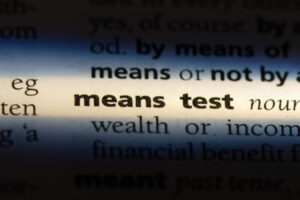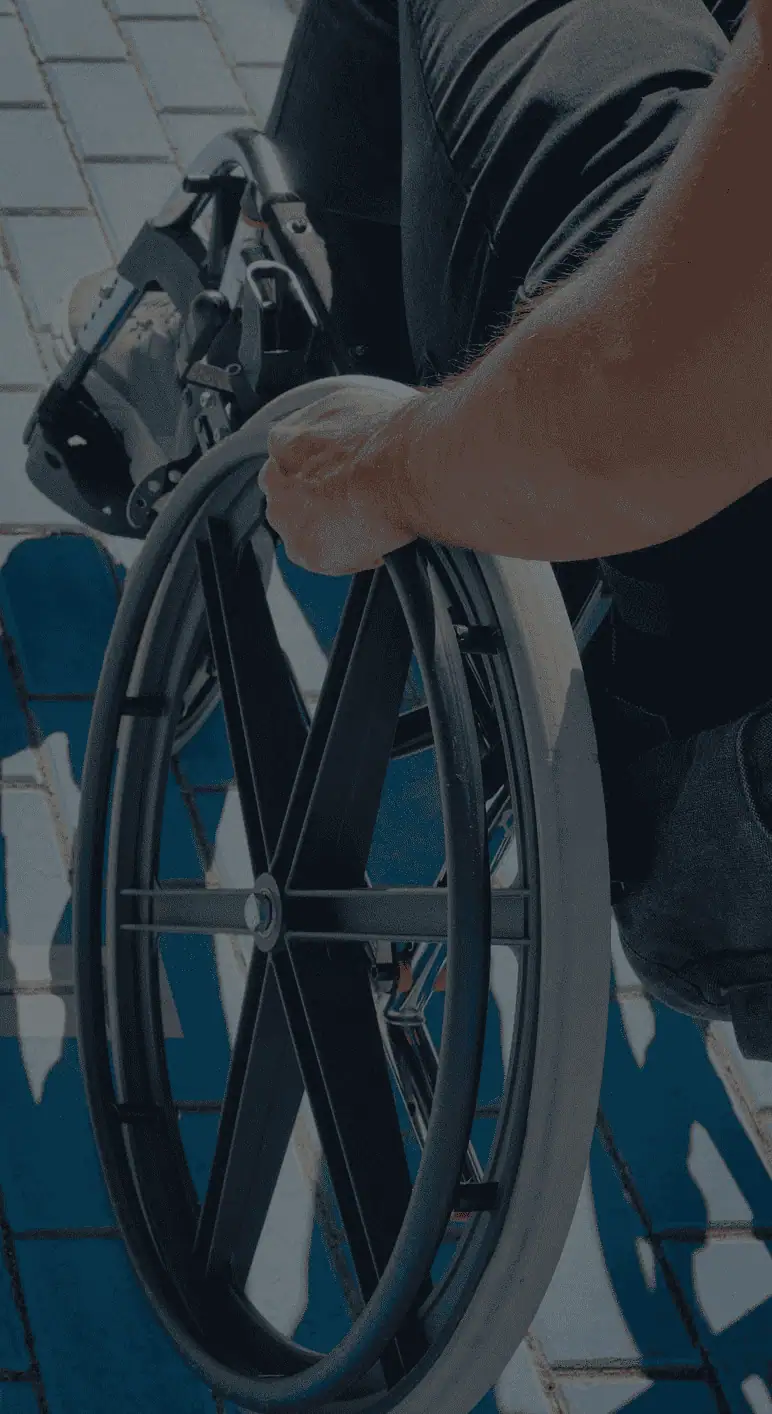
A means test is a process used to determine whether an individual or family is eligible for certain types of government assistance. The test is based on the household’s income and assets, and is used to determine whether the household has the means to pay for their own needs.
Needs-based programs like food stamps, Medicaid, and public housing assistance are means-tested. This means that applicants must meet certain income and asset eligibility requirements in order to qualify for benefits.
To determine eligibility, caseworkers will review an applicant’s income and assets. This includes things like wages, savings, and property ownership. The amount of money an applicant makes each month will be compared to the poverty guidelines to see if they fall below the income threshold.
For example, let’s say you’re a single adult and you apply for food assistance. The caseworker will look at your monthly income and compare it to the poverty guidelines. If your income is below the threshold, you’ll be eligible for benefits. However, if your income is above the threshold, you’ll need to provide additional information to prove that you have a financial need.
To learn more about means testing and how it works, check out this article from the U.S. Department of Health and Human Services.
Where and How are Means Tests Used?
In social security disability, a common means test is used to determine whether an applicant has too much income to qualify for benefits.
In order to qualify for social security disability, applicants must first pass the test. This test looks at the applicant’s monthly income and compares it to the poverty guidelines. If the applicant’s income is below the threshold, they’ll be eligible for benefits. However, if the applicant’s income is above the threshold, they’ll need to provide additional information to prove that they have a financial need.
To learn more about the social security disability means test, check out this article from the Social Security Administration.
In bankruptcy, the test is used to determine which type of bankruptcy an individual qualifies for.
There are two types of bankruptcy: Chapter 7 and Chapter 13.Chapter 7 bankruptcy is for individuals with low incomes who can’t afford to repay their debts. In order to qualify, applicants must pass a means test. This test looks at the applicant’s monthly income and compares it to the median income in their state. If the applicant’s income is below the median, they’ll be eligible for Chapter 7 bankruptcy. If the applicant’s income is above the median, they’ll need to provide additional information to prove that they have a financial need.
Chapter 13 bankruptcy is for individuals with a regular income who can afford to repay some of their debts. In order to qualify, applicants must prove that they have a financial need. This can be done by providing information about their income, assets, and debts.
To learn more about bankruptcy means tests, check out this article from the U.S. Courts website.
When applying for government assistance, it’s important to be aware of the different types of means tests that may be used. Each program has its own eligibility requirements, so it’s important to understand how the means test works before you apply.
How are Means Tests Used in Lawsuits?
In some lawsuits, plaintiffs may be required to pass a means test in order to qualify for damages. For example, in a personal injury lawsuit, the plaintiff may need to show that they have financial need in order to recover damages. This can be done by providing information about their income, assets, and expenses.
Can a Test be Used to Avoid Personal Injury Payouts?
Yes, in some cases a means test can be used to avoid personal injury payouts. For example, if the plaintiff has a high income, they may not be able to recover damages. This is because the court may find that the plaintiff does not have a financial need.
What Income is Included in the Means Test?
The means test looks at the applicant’s monthly income. This includes income from employment, self-employment, investments, and other sources.
How is the Means Test Calculated?
The means test is calculated by comparing the applicant’s monthly income to the poverty guidelines. If the applicant’s income is below the threshold, they’ll be eligible for benefits. However, if the applicant’s income is above the threshold, they’ll need to provide additional information to prove that they have a financial need.

How Often is the Means Test Updated?
The means test is updated every year. The poverty guidelines are updated each year by the Department of Health and Human Services.
What Happens if I Don’t Pass?
If you don’t pass the means test, you may still be eligible for benefits. However, you’ll need to provide additional information to prove that you have a financial need.
For more information about means tests, check out this article from the Social Security Administration.
How Do I Pass With High Income?
If you have a high income, you’ll need to provide additional information to prove that you have a financial need. This can be done by providing information about your expenses, assets, and debts. If you have acquired substantial expenses such as medical bills, mortgage payments, taxes, healthcare and child care, you may still be able to pass the means test.
What if I Don’t Meet the Income Requirement?
If you don’t meet the income requirement for the means test, you may still be eligible for benefits. However, you’ll need to provide additional information to prove that you have a financial need.
If are applying for, or have been denied social security disability contact our experienced Las Vegas social security attorneys by calling (702) 570-0000 or fill out the free consultation form.







